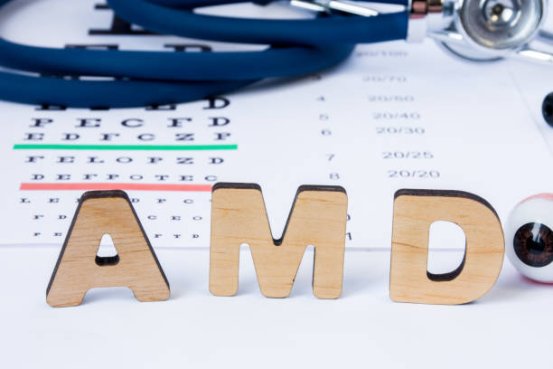Wet age-related macular degeneration (wet AMD) is a serious eye disease that threatens central vision. Millions of Americans are affected, and understanding available treatments is key to preserving sight and improving quality of life.

What is Wet AMD?
Wet AMD occurs when abnormal blood vessels develop beneath the retina, leaking fluid and causing swelling. This leads to central vision distortion or loss. Unlike the more common dry AMD, which progresses slowly, wet AMD can impair vision rapidly, making early detection and intervention essential.
Roughly 10% of people with AMD develop the wet form. It is most common in those over 60, but younger adults with genetic risk factors may also be affected. Warning signs include blurred or warped vision and dark patches in central sight. Prompt recognition of these symptoms encourages timely medical evaluation.
Anti-VEGF Injections
The primary treatment for wet AMD is anti-vascular endothelial growth factor (anti-VEGF) injections. Drugs such as ranibizumab (Lucentis) and aflibercept (Eylea) prevent the growth of abnormal blood vessels and help maintain or even restore vision.
These injections are placed directly into the eye, typically monthly at first, with less frequent maintenance treatments later. Studies confirm their effectiveness, but ongoing treatment is needed. Patients must also be aware of possible side effects, such as infections or elevated eye pressure.
Laser and Photodynamic Therapy
Laser therapy remains an option for certain patients. By targeting and sealing leaking blood vessels, it can reduce damage, although it is generally reserved for select cases.
Photodynamic therapy (PDT) combines a light-sensitive medication with laser activation to selectively destroy abnormal vessels. Some patients experience significant improvement with PDT, though its success depends on the stage and individual characteristics of the disease.
Lifestyle Choices for Better Eye Health
Medical treatment works best when supported by healthy habits. A nutrient-rich diet with leafy greens, fruit, and omega-3 fatty acids supports eye function. Weight management and blood pressure control also help slow AMD progression.
Routine eye exams allow for earlier intervention, while UV-blocking sunglasses and quitting smoking reduce risks. Exercise improves overall health and may play a role in delaying disease development or worsening.
Treatment Risks and Side Effects
Although effective, wet AMD therapies are not without complications. Anti-VEGF injections can cause temporary discomfort, blurred vision, or, rarely, severe outcomes like retinal detachment. Laser treatments may result in scarring or transient vision changes.
Patients should work closely with eye care professionals to balance treatment benefits against risks. Open discussions help ensure informed decisions tailored to each individual’s needs.
Conclusion
While wet AMD presents major challenges, several treatment paths exist. Anti-VEGF injections remain the standard, while laser and PDT therapies serve as valuable alternatives. Healthy lifestyle adjustments further strengthen outcomes. With proper guidance and proactive care, individuals at risk or living with wet AMD can better protect their vision and quality of life.
